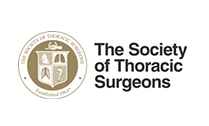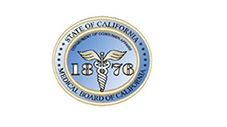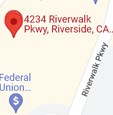Chest Wall Tumor Resection/Reconstruction
Chest wall tumors refer to abnormal growth of cells on the walls of the chest cavity, which include the heart, lungs, spine, sternum (breast plate) and ribs. The tumors may be benign (non-cancerous) or malignant (cancerous). Chest wall tumors are most commonly treated by surgery. The procedure involves removal of the tumor and reconstruction of the chest wall.
The surgery is performed under general anesthesia. Your surgeon makes small incisions on the chest. A thoracoscope (thin tube with a light and a tiny camera) is inserted to view the tumor in the chest cavity. The camera is connected to a high definition video monitor to guide your surgeon throughout the procedure. Surgical instruments are inserted through other incisions to cut and remove the tumor. The surrounding skin, soft tissue, underlying pleura (lining of the lung), ribs, sternum and lung tissue may also be removed if the tumor has spread. A tube may be left in place temporarily to drain any fluid in the chest. The incisions are closed with sutures.
The soft tissue removed may be replaced by a procedure called chest wall reconstruction. A combination of myocutaneous flaps (tissue for grafting) and prosthetic (artificial) materials are used for reconstruction.





















